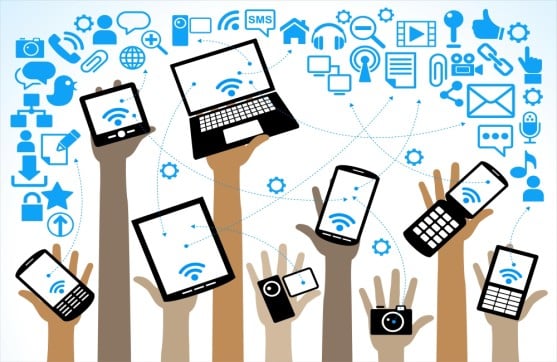Not only is technology advancing further every year, but it’s also advancing more quickly. Any digital disadvantage a person faces today becomes exacerbated over time at a greater and greater pace.
Children who don’t begin with equal access to digital infrastructure already face a catching-up challenge, but that challenge becomes more difficult every time the pace of innovation outstrips their access to the new technologies. Efforts to create digital equity aim to prevent this widening of the digital divide.
Efforts to Improve Digital Equity
Efforts to achieve digital equity will need to focus on lowering the costs of digital infrastructure and building scalable solutions. For example, schools continue working to provide broadband access. In some cases, schools are also providing each student with a personal computing device.
In 2020, the FCC announced the “Keep Americans Connected Pledge,” which urges companies to offer low-cost or free internet service to underprivileged families. Signees pledged to continue to offer service despite a residential customer’s inability to pay his or her bills due to the COVID-19 pandemic. This pledge was meant to offer temporary relief and to avoid deepening the digital divide during the volatile circumstances that surrounded the COVID-19 pandemic. It did not contain permanent provisions or include preventive measures for pushing for digital equity.
In 2021, the FCC released a new map of broadband coverage in the US. The FCC’s Broadband Data Task Force produced the map as part of the 2020 Broadband Deployment Accuracy and Technological Availability (DATA) Act, which is part of the US government’s efforts to improve broadband availability in rural areas.
Future Importance of Digital Equity
Today, many facets of daily life—work, education, commerce, healthcare, and more—either take place online or have online components. As technology advances and plays an even more central role in the world, access to it will be even more valuable.
The question, What is digital equity? involves considering many issues of inequality and how they may be mirrored or exacerbated by the technology divide. Nevertheless, it is an important question in ensuring equal access to digital tools, remote learning, and other services for rural areas and other underserved communities.


